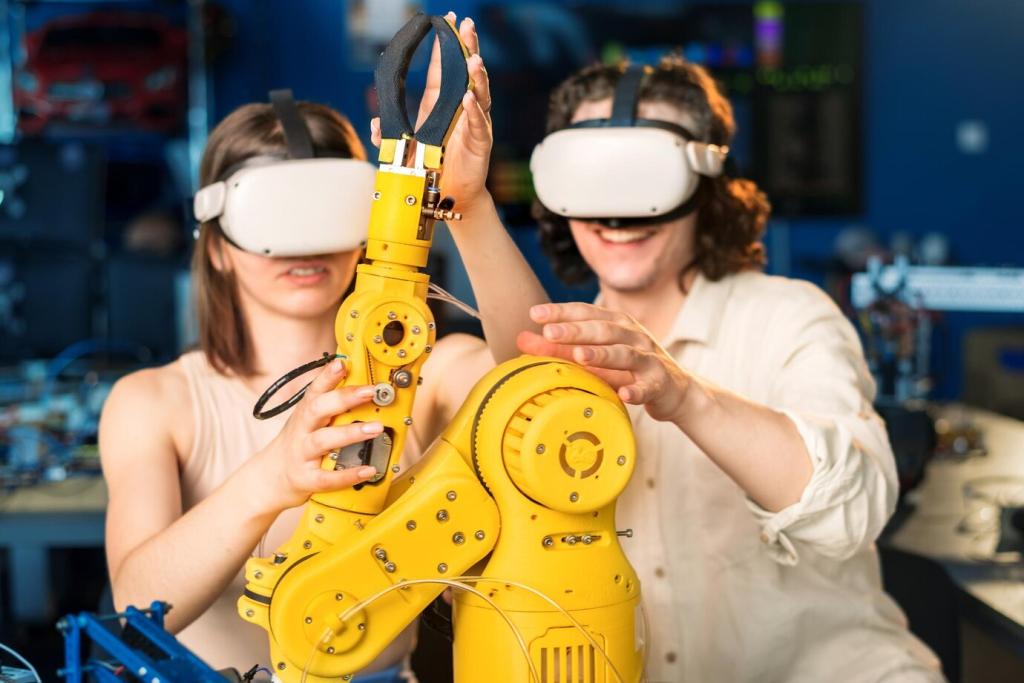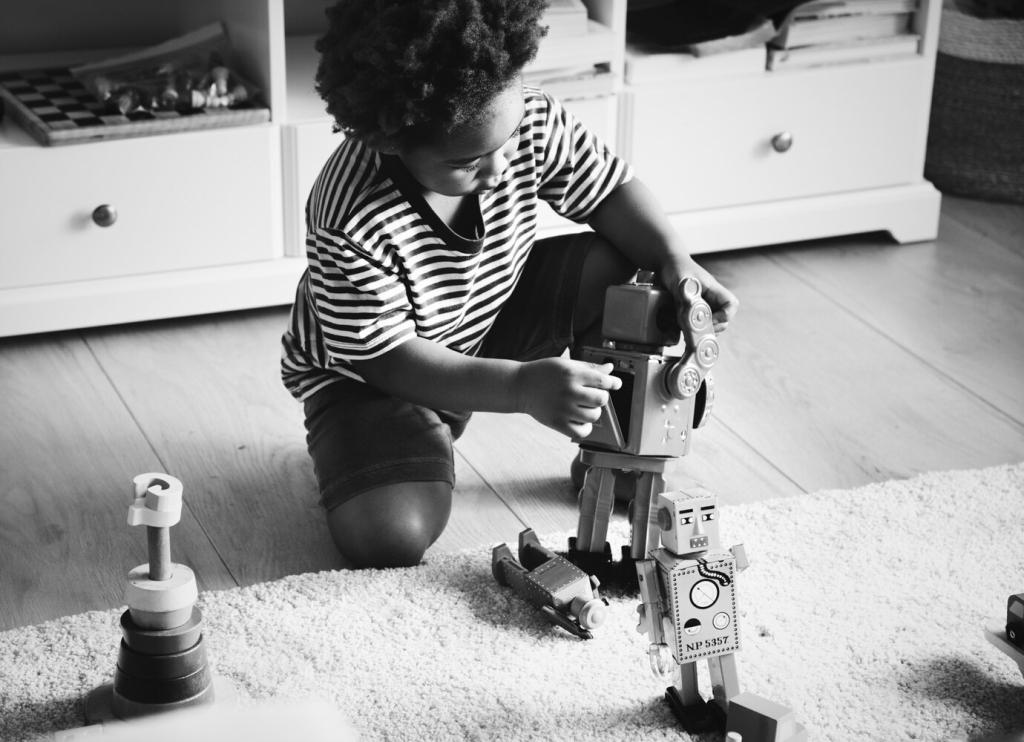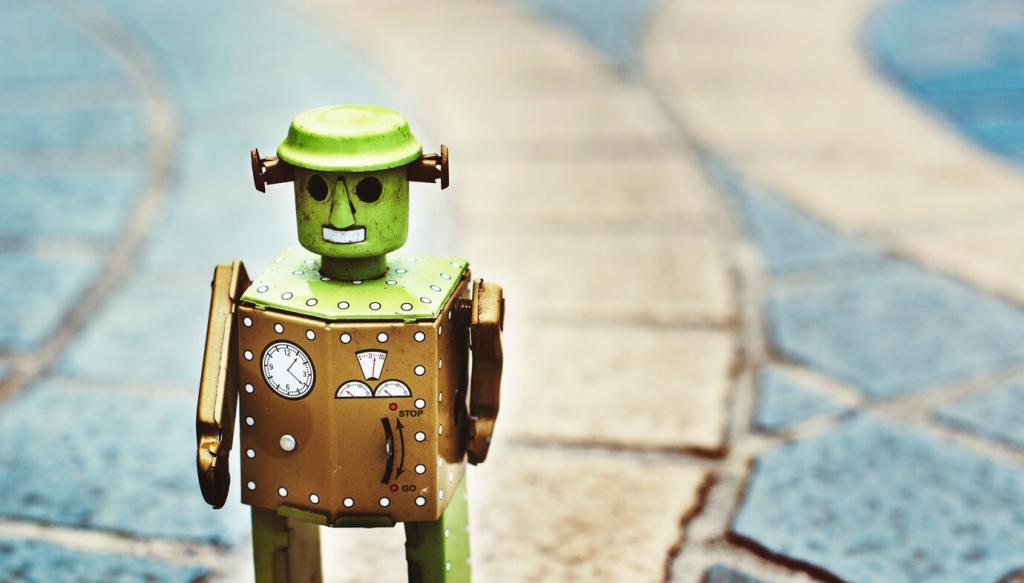
Simple Robots Kids Can Build at Home: Spark Curiosity, One Circuit at a Time
Chosen theme: Simple Robots Kids Can Build at Home. Welcome to a playful launchpad where cardboard, tape, and tiny motors transform into wobbling companions, colorful scribblers, and kitchen-table science adventures. Subscribe to follow weekly builds and share your child’s inventions.
Getting Started Safely and Smartly
Raid the recycling bin for cups, cardboard, and bottle caps. Add AA batteries, coin cells, tape, zip ties, rubber bands, and a small vibration motor. Invite kids to list supplies, check them off, and suggest creative substitutions.
Create a clear table zone, tie back hair, and keep small parts in a container. Supervise scissors and hot glue. Encourage goggles for drilling or trimming and establish a tidy cleanup routine everyone can follow joyfully.
Celebrate small wins like a buzzing motor or a cup that dances. Explain that engineers iterate. Ask kids what surprised them, what didn’t work, and what they want to try next time together.

Build a Bristlebot in 15 Minutes
Motor Magic
Tape a phone vibration motor onto a trimmed toothbrush head, then attach a coin cell battery. When the motor spins, it vibrates and the angled bristles push the robot forward. Ask kids to predict speed based on battery freshness.
Balancing and Steering with Paper Clips
Add a paper clip or clay to shift weight and influence direction. Bend bristles slightly to steer left or right. Encourage experimenting with tiny adjustments, then record which tweaks produced the straightest path across the table.
Challenge: Race Day!
Build two bristlebots and mark a starting line. Time three runs per robot and average results. Share your fastest build and photos in the comments, and invite friends to host a neighborhood micro Grand Prix.

Tape a small motor to the cup and add a clay blob off-center on the motor shaft. The uneven spin creates a wobble that translates into motion, making delightful spirals and loops on paper spread across the floor.

Use three or four markers as legs, taped evenly around the cup so the tips touch paper. Try different marker lengths for varied stride and pattern density. Encourage kids to name their robot artist and sign the masterpiece.

Observe how changing weight size or motor speed alters the drawing’s loops. Discuss repetition, frequency, and symmetry in simple terms. Post your most surprising pattern and challenge readers to guess your exact configuration.


Intro to Switches and Simple Circuits
Stick two strips of aluminum foil tape on a folded note card without touching. When a paper fastener bridges both strips, the circuit closes and the motor runs. Label parts together and celebrate your first handmade control.
Intro to Switches and Simple Circuits
Glue foil to each jaw of a wooden clothespin. Clip a metal fastener between them to complete the circuit. Kids adore the satisfying click, and the switch mounts easily onto cups, cardboard, or craft sticks.
Create a tabletop maze using painter’s tape corridors and plastic cup walls. Test your bristlebot’s path and adjust angles for smoother turns. Time each attempt, and invite readers to post layouts that stump every robot.

Story Time: The Day Our Kitchen Became a Robot Lab
Grandma held the flashlight while our scribblebot refused to move. She whispered, “Shift the weight.” One pinch of clay later, it danced. That night, she subscribed herself, promising to report her own kitchen experiments.
Our first bristlebot spun in exhausting circles. Instead of quitting, we adjusted bristles, then added a paper clip. Straight line achieved, cheers erupted. We logged every tweak, proving notes can turn frustration into reliable success.
What surprising fix made your home-built robot finally work? Drop a comment, attach a photo, and invite a friend to join. Subscribe to get next week’s solar spinner build and fresh family challenges.
